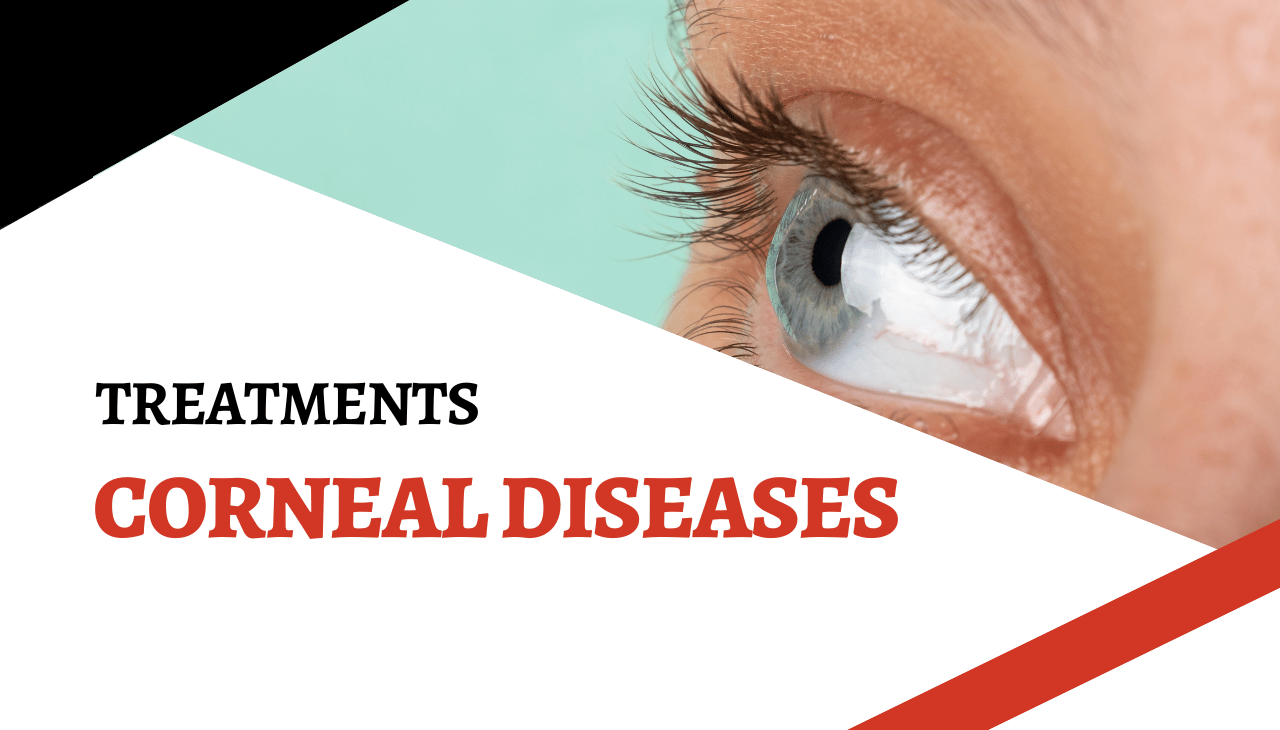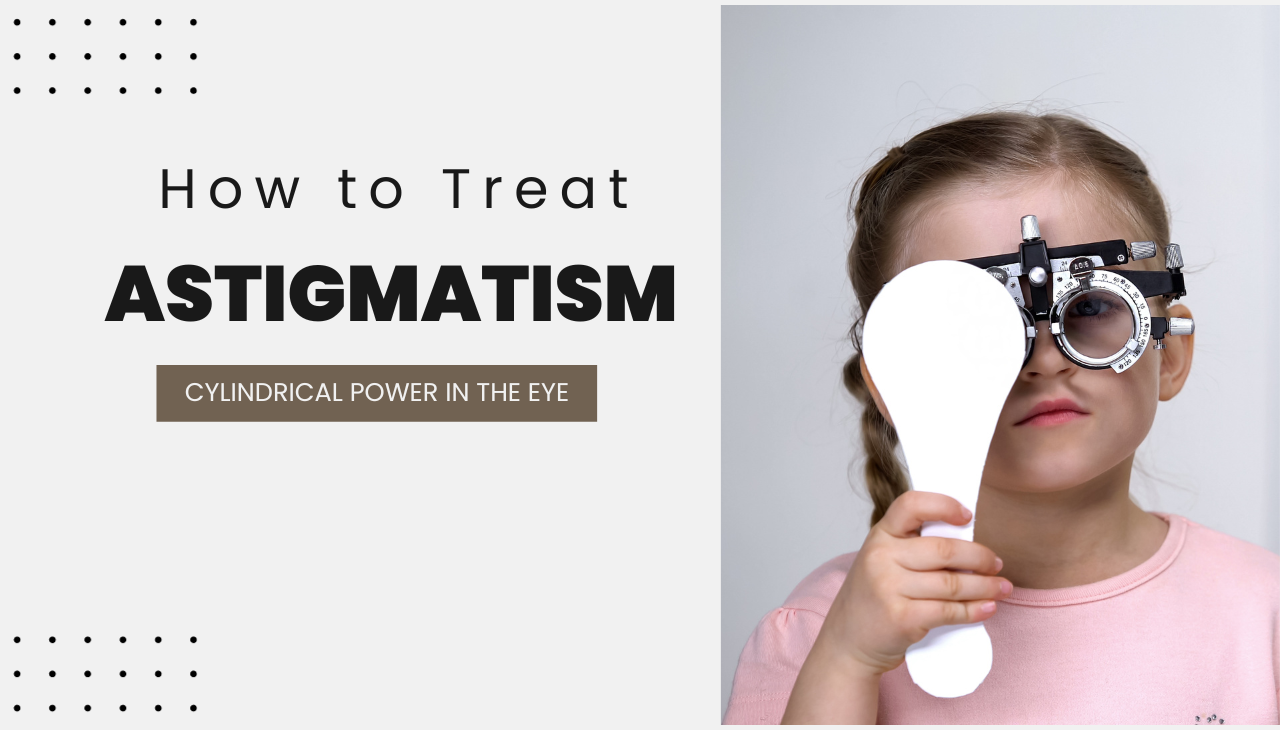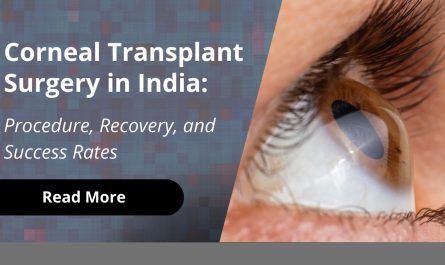The cornea is one of the most critical parts of the eye, as it plays a major role in focusing vision and protecting the inner structures of the eye. However, various diseases and conditions can affect the cornea, leading to vision impairment or even blindness if not addressed properly. Corneal diseases can arise due to a variety of factors, including genetic conditions, injuries, infections, and environmental factors. In this blog, we will explore the common corneal diseases, their symptoms, causes, and the treatment options available to maintain optimal eye health.
What are Corneal Diseases?
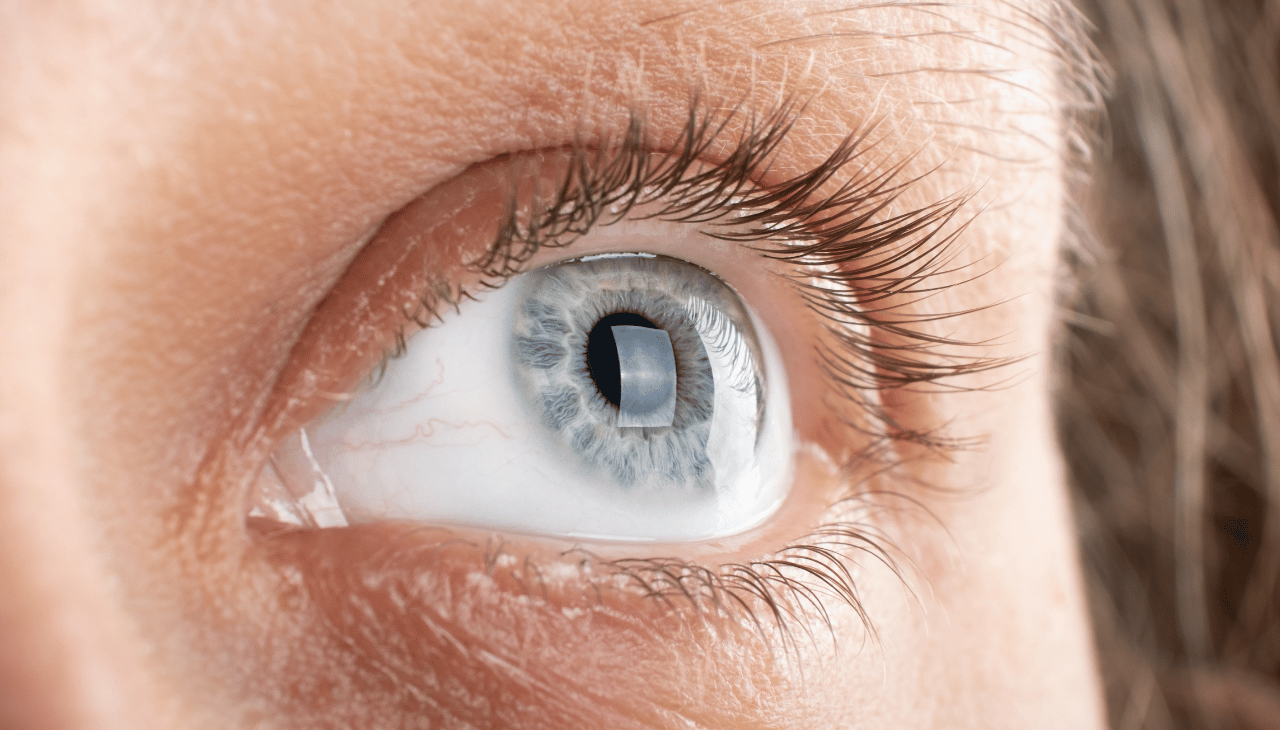
The cornea is the transparent, dome-shaped outer layer of the eye. It is responsible for focusing light that enters the eye, thus playing a key role in vision. When the cornea becomes damaged or affected by disease, it can cause various vision problems, from mild discomfort to severe vision loss.
Corneal diseases are categorized into two broad groups: infectious and non-infectious. While some conditions are treatable with medical interventions, others may require surgical procedures to restore vision and prevent further complications.
Corneal diseases refer to any condition that affects the cornea, the outermost layer of the eye. It acts as a protective barrier and helps focus light entering the eye. A healthy cornea is essential for clear vision and proper eye function.
Key terms to know:
- Cornea: The transparent layer of the eye that allows light to pass through and helps focus vision.
- Keratitis: Inflammation of the cornea, typically caused by infection.
- Keratoconus: A condition where the cornea becomes thin and cone-shaped, leading to blurred vision.
- Corneal Dystrophy: A group of genetic disorders that cause gradual clouding of the cornea.
- Corneal Ulcer: A serious open wound or sore on the cornea, often due to infection.
Common Corneal Diseases
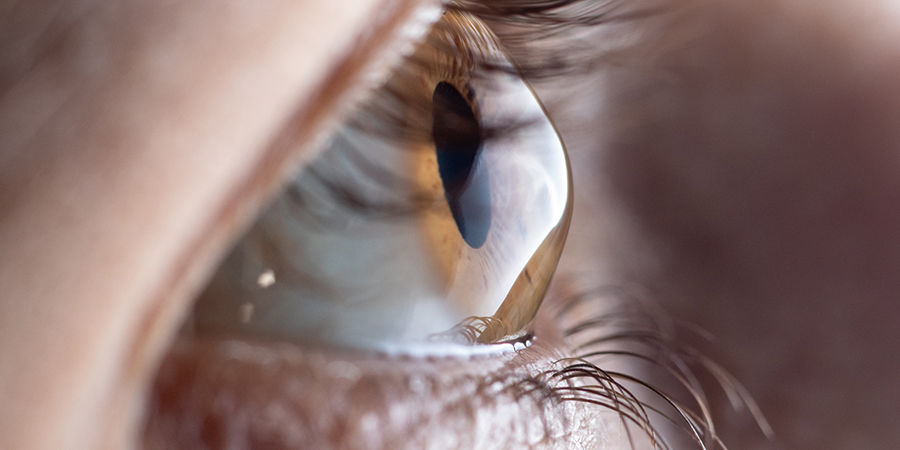
2. Keratoconus Keratoconus is one of the most common corneal diseases. It occurs when the cornea thins and begins to bulge outward into a cone shape. This irregular shape distorts the light entering the eye and results in blurred vision, glare, and sensitivity to light. In advanced stages, it can lead to significant vision impairment. Treatment options for keratoconus range from wearing special contact lenses to more advanced surgical treatments, including corneal cross-linking (CXL) and corneal transplants.
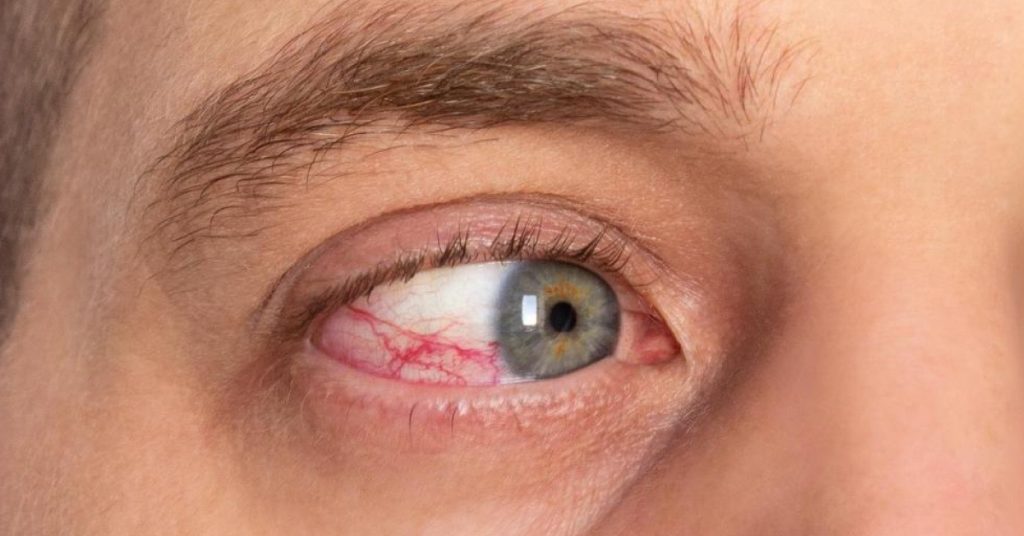
2. Corneal Ulcers A corneal ulcer is an open sore on the cornea, often caused by infections, particularly bacterial, viral, or fungal. Symptoms of corneal ulcers include severe eye pain, redness, blurry vision, and sensitivity to light. If left untreated, corneal ulcers can lead to scarring of the cornea, causing permanent vision loss. Treatment typically involves antibiotics, antifungal medication, and in some cases, surgery.

3. Fuchs’ Dystrophy Fuchs’ dystrophy is a progressive condition in which the endothelial cells of the cornea (which help pump fluid out) gradually lose their ability to function. As a result, fluid accumulates within the cornea, causing it to swell and cloud the vision. Initially, symptoms may be mild, but as the disease progresses, it can result in vision impairment and may require a corneal transplant.
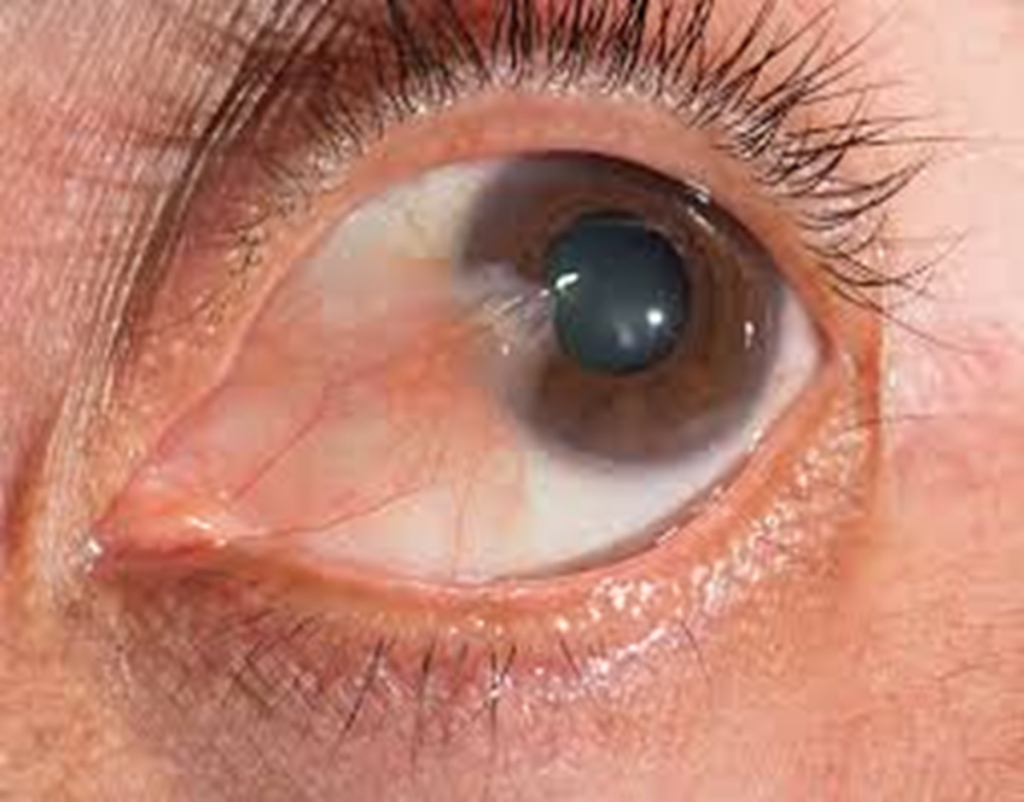
4. Pterygium Pterygium is a benign growth of tissue on the surface of the eye, often caused by prolonged exposure to ultraviolet (UV) light or dusty environments. It can cause irritation, redness, and a feeling of something being in the eye. In severe cases, pterygium can distort vision by growing over the cornea. Surgery is the main treatment for pterygium, particularly if the growth interferes with vision.
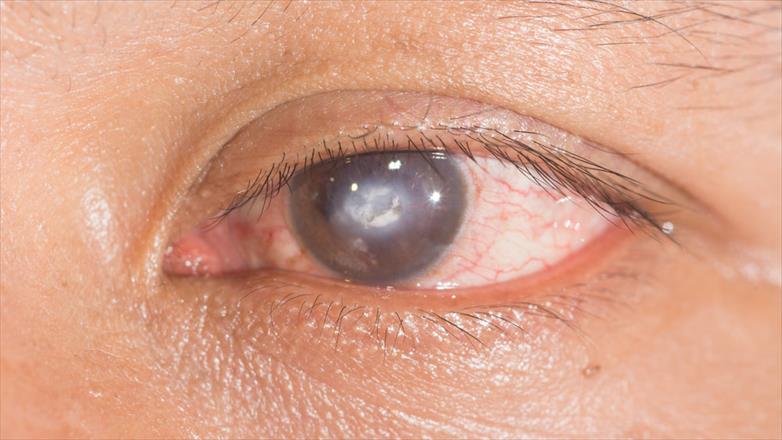
5. Corneal Scarring Scarring of the cornea can occur as a result of an injury, infection, or previous surgery. Scarring affects the transparency of the cornea and can significantly impair vision. In cases of severe scarring, a corneal transplant may be necessary to restore sight.
Causes, Symptoms, and Common Concerns
Understanding the causes and symptoms of corneal diseases can help identify potential problems early, leading to more effective treatment.
Causes:
- Infections: Bacterial, viral, or fungal infections can lead to keratitis, a common corneal disease. Contact lens wearers, especially those who do not follow proper hygiene, are more susceptible to infections.
- Injury: Any trauma to the eye, such as a scratch, can lead to corneal ulcers or scarring.
- Genetic Factors: Conditions like corneal dystrophies, including Fuchs’ dystrophy, are inherited and typically develop over time.
- Environmental Factors: Exposure to ultraviolet (UV) rays, dry conditions, or pollutants can harm the cornea, leading to conditions like pterygium.
- Systemic Diseases: Certain health conditions such as diabetes or autoimmune diseases can affect corneal health.
Symptoms:
- Blurred or Decreased Vision: The most obvious symptom of corneal diseases is a noticeable decline in vision clarity.
- Pain and Redness: Infections, injuries, and inflammation can cause eye pain, redness, and discomfort.
- Sensitivity to Light: People with corneal diseases may experience extreme sensitivity to bright lights (photophobia).
- Tearing or Discharge: In some cases, corneal infections or ulcers can lead to excessive tearing or a discharge from the eye.
- Hazy or Cloudy Vision: Conditions like corneal dystrophy and keratoconus can cause a cloudy appearance in the eye, which affects vision.
Corneal Disease Treatments
There are various treatment options available for corneal diseases, depending on the severity and type of condition. Here are some common treatments:
- Non-Surgical Treatments
- Contact Lenses: Specialized contact lenses, such as rigid gas permeable (RGP) lenses, can help manage conditions like keratoconus by reshaping the cornea.
- Medications: For infections like corneal ulcers or inflammation, antibiotics, antiviral medications, or steroids are commonly prescribed.
- Corneal Cross-Linking (CXL): CXL is a procedure often used for keratoconus patients. It involves applying riboflavin drops to the cornea and then exposing it to ultraviolet light to strengthen the corneal tissue.
- Contact Lenses: Specialized contact lenses, such as rigid gas permeable (RGP) lenses, can help manage conditions like keratoconus by reshaping the cornea.
- Surgical Treatments
- Corneal Transplant (Keratoplasty): In severe cases, a corneal transplant may be needed. This involves replacing the damaged or diseased cornea with a donor cornea.
- Laser Surgery (LASIK, PRK): LASIK and other laser-based surgeries can be used to correct vision problems related to corneal irregularities, such as those caused by refractive errors.
- Corneal Transplant (Keratoplasty): In severe cases, a corneal transplant may be needed. This involves replacing the damaged or diseased cornea with a donor cornea.
Cost-Effectiveness of Corneal Treatments
While advanced treatments for corneal diseases such as surgeries can be costly, the long-term benefits often outweigh the initial investment. Many hospitals and clinics offer financing options to make these treatments more accessible. Furthermore, early detection and intervention can prevent the need for more expensive treatments, such as corneal transplants. Preventative care, including regular eye exams, is essential in maintaining eye health and reducing the risk of developing severe corneal conditions.
Expert Recommendations and Insights
To ensure optimal corneal health, it is essential to consult with an eye care professional. Here are a few tips from experts:
- Early Detection: Corneal diseases often develop gradually. Regular eye exams are vital for early detection and treatment.
- Protect Your Eyes: Always wear protective eyewear when exposed to irritants or UV rays. Proper hygiene is essential for contact lens users.
- Follow Treatment Protocols: If you are prescribed medication or require surgery, it’s essential to follow your eye doctor’s instructions carefully for the best results.
- Monitor Changes in Vision: Any sudden change in vision, pain, or discomfort should be addressed immediately to prevent further damage.
Why Choose Laxmi Eye Hospital for Your Corneal Treatment?
Laxmi Eye Hospital is one of the largest and most reputable chains of eye hospitals in Mumbai, known for its commitment to excellence in eye care for over 30 years. The hospital boasts a team of experienced and highly qualified eye doctors who specialize in treating a wide range of corneal diseases, including keratoconus, Fuchs’ dystrophy, corneal ulcers, and more.
Laxmi Eye Hospital offers comprehensive diagnostic services and state-of-the-art treatments for corneal diseases, including corneal transplants, LASIK, and advanced keratoconus management. With hospitals in Panvel, Kharghar, Kamothe, and Dombivli, patients can receive world-class care close to home. The hospital’s transparent approach to treatment ensures that patients are fully informed about their condition and treatment options.
To book a consultation, simply visit any of the following locations:
- Laxmi Eye Clinic (Dombivli): 1st Floor, Laxmi Eye Institute, SS Business Park, Gharda Circle, Dombivli East, Mumbai
- Laxmi Eye Clinic (Kharghar): Office 108, 109, and 110, 1st Floor, Anant CHS, Sector 04, Kharghar, Navi Mumbai
- Laxmi Eye Hospital & Institute (Panvel): Mulla Hamid Rd, Old Panvel, Navi Mumbai
- Laxmi Eye Institute (Kamothe): Shop No 26/27, Near ICICI Bank, Kamothe, Navi Mumbai
To schedule an appointment, call the respective clinic or visit the website for more details.
FAQs
- What causes corneal diseases? Corneal diseases can be caused by various factors, including infections, genetic conditions, injuries, environmental exposure, and underlying health issues like diabetes.
- How can I prevent corneal diseases? To prevent corneal diseases, protect your eyes from UV rays, maintain good hygiene, avoid eye injuries, and get regular eye check-ups.
- Is LASIK effective for corneal diseases? LASIK can be effective for treating refractive errors caused by corneal irregularities, such as nearsightedness and farsightedness, but it is not suitable for conditions like keratoconus.
- Can a corneal transplant restore vision? Yes, a corneal transplant can restore vision for individuals suffering from severe corneal scarring or disease, particularly when other treatments are ineffective.
- How much does corneal treatment cost? The cost of corneal treatments varies depending on the condition and type of treatment. It’s important to consult with your doctor for an accurate estimate.
Conclusion
Corneal diseases, while common, are treatable with modern medical advancements. Early detection and prompt treatment are essential for preserving vision and improving quality of life. If you experience any symptoms such as blurry vision, sensitivity to light, or eye pain, it is crucial to seek professional care. Laxmi Eye Hospital provides a range of treatments for corneal diseases with the expertise of skilled ophthalmologists. Don’t delay—schedule your consultation today to ensure your eyes remain healthy for years to come!

